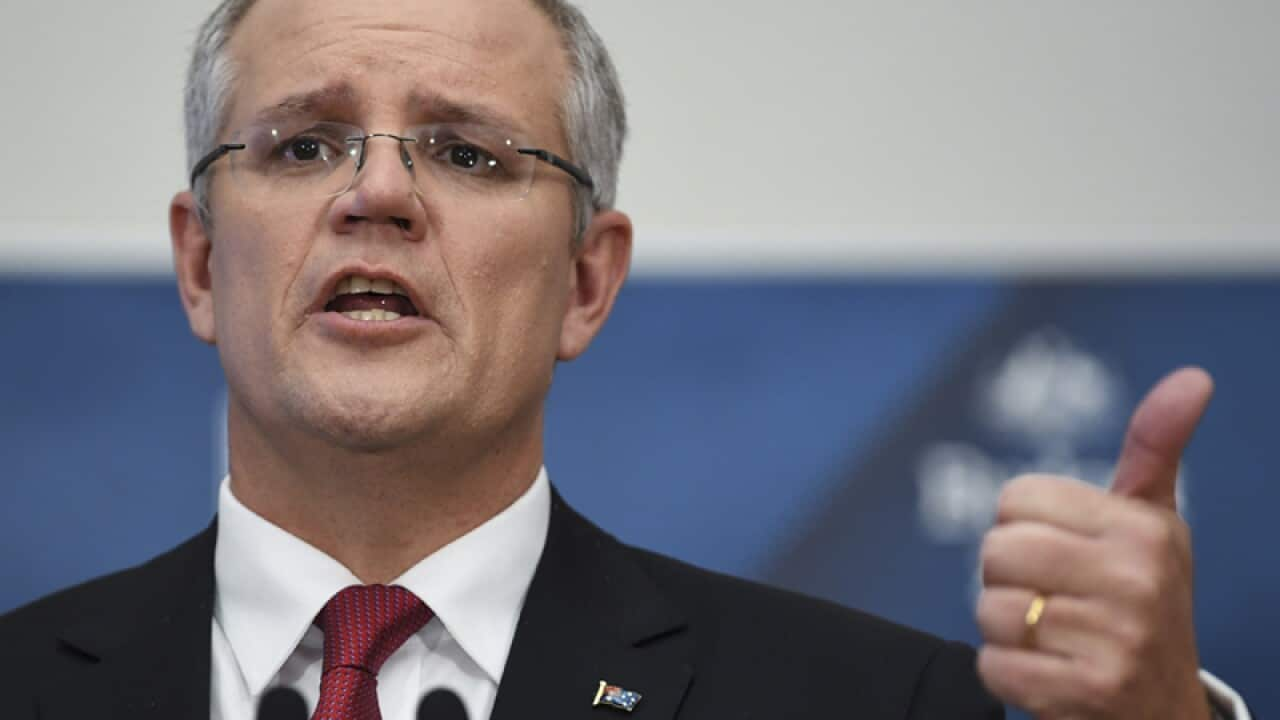The Treasurer's second Budget has wage growth pounding along at 3.5 to 3.75 per cent in three to four years time, almost double the record-low growth we're experiencing now.
Some might say that's brilliant; others unbelievable.
The treasurer, though, insists the numbers are "conservative".
Related reading

Treasurer delivers 'better times' budget
The projected growth comes from an improvement in the services sector, exports and household consumption, as well as drawing the benefit of a growing global economy.
"That's what flows through to those wages numbers," Mr Morrison told reporters before delivering his Budget speech to parliament.
It obviously fits in with his "better times ahead" mantra.
Even so, they look on the high side when matched against the budget's unemployment and inflation forecasts.
The jobless rate is expected to ease to only 5.25 per cent in 2020/21 from 5.9 per cent now, while inflation is contained within the Reserve Bank's two to three per cent target.
Treasurer Scott Morrison on welfare
It's also worth noting that an improvement in household spending is being announced when new figures, released hours before Mr Morrison addressed MPs, showed retail spending weakening for the second month in a row and miniscule of growth in the March quarter.
Prominent economist Stephen Koukoulos believes high wages need our terms of trade to be soaring like a few years ago, and the unemployment and inflation rates closer to four per cent.
"It's really hard to see it," he said of Treasury's projection.
"It delivers them a lot of cash (in terms of income tax)."
It helps explain how the Budget deficit dives from a projected $21.4 billion in 2018/19 to a mere $2.5 billion in 2019/20 and then to a reasonable $7.4 billion surplus in 2020/21.
It does take into account the Medicare levy increase in two years, a tougher stance on multinational tax dodgers and the levy on banks.
Related reading

Low wages make Medicare vital: Treasurer
It also assumes the remainder of Morrison's business tax cuts clear the Senate in time to fuel growth.
But given the opposition to a reduction for companies with just a $50 million turnover it's a stretch to say Parliament will be more accepting now.
Like Snowy Hydro 2.0 and Gonski 2.0, the enterprise tax plan does risk becoming "zombie" 2.0.












